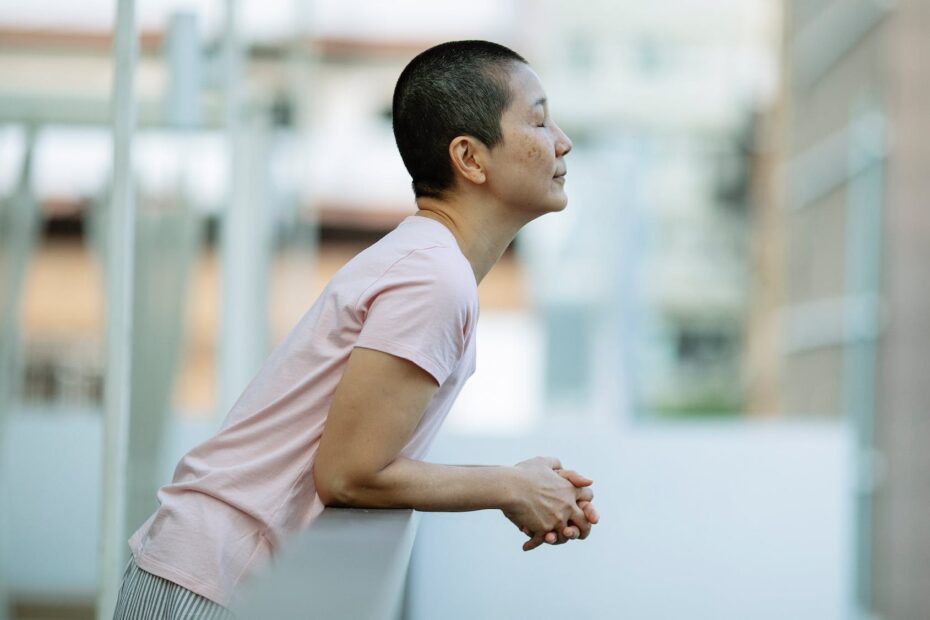Chafing can be an uncomfortable and irritating experience, especially when it affects sensitive areas like the breasts. But fear not, because we have the ultimate guide to help you banish breast chafing for good! In this comprehensive guide, we will provide you with effective solutions for both preventing and treating breast chafing, ensuring long-lasting relief.
First, let’s understand what breast chafing is all about. Breast chafing occurs when the skin on your breasts rubs against clothing or other surfaces, causing friction and irritation. It can be triggered by factors such as ill-fitting bras, sweat, heat, or prolonged physical activity. By learning about the causes and symptoms of breast chafing, you can better identify and prevent this uncomfortable condition.
When it comes to preventing breast chafing, there are several practical strategies you can implement. One of the key factors is ensuring proper bra fitting. A well-fitting bra provides the necessary support and reduces friction. Additionally, choosing breathable fabrics and moisture-wicking materials for your bras and clothing can help keep your skin dry and reduce the risk of chafing. Incorporating a skincare routine that keeps your skin healthy and moisturized is also essential.
Stay tuned for the rest of this ultimate guide, where we will delve deeper into the prevention and treatment of breast chafing. We will provide you with expert tips, personal anecdotes, and detailed information to help you say goodbye to breast chafing once and for all.
Understanding Breast Chafing
Understanding Breast Chafing
Are you tired of dealing with the discomfort and irritation of breast chafing? Look no further! In this section, we will delve into the causes, symptoms, and common triggers of breast chafing, equipping you with the knowledge to identify and prevent this uncomfortable condition.
Causes of Breast Chafing:
- Friction caused by ill-fitting bras
- Excessive sweating
- Rubbing against rough fabrics
Symptoms of Breast Chafing:
- Redness and irritation
- Pain and soreness
- Blisters or skin breakdown
Common Triggers of Breast Chafing:
- Vigorous exercise or physical activity
- Hot and humid weather conditions
- Wearing bras with underwire
To prevent breast chafing, it is important to wear well-fitting bras made from breathable fabrics. Additionally, keeping the skin clean and dry, using talcum powder or anti-chafing creams, and opting for seamless bras can provide relief. Stay tuned for more tips on preventing and treating breast chafing in the upcoming sections!
Preventing Breast Chafing
Preventing breast chafing is essential for maintaining comfort and avoiding the unpleasant symptoms associated with this condition. By following some practical strategies and techniques, you can effectively avoid breast chafing and keep your skin healthy and irritation-free.
Proper bra fitting: One of the key factors in preventing breast chafing is wearing a properly fitting bra. A bra that is too tight or too loose can cause friction and irritation. Ensure that your bra provides adequate support without being too constricting. Consider getting professionally measured to find the perfect fit.
Fabric choices: Opt for bras made from breathable and moisture-wicking materials, such as cotton or moisture-wicking synthetic fabrics. These fabrics help to keep your skin dry and reduce the risk of chafing. Avoid bras with rough seams or embellishments that can rub against the skin.
Skincare routines: Taking care of your skin is crucial in preventing breast chafing. Keep the skin in the breast area clean and dry, especially during hot and humid weather. Apply a thin layer of talcum powder or an anti-chafing cream to reduce friction and provide a protective barrier.
Regular breaks: If you engage in activities that involve repetitive movements or prolonged periods of physical exertion, take regular breaks to allow your skin to breathe and recover. This can help prevent excessive moisture buildup and reduce the risk of chafing.
By implementing these practical strategies and techniques, you can effectively prevent breast chafing and enjoy a comfortable and irritation-free experience. Remember to listen to your body and make adjustments as needed to ensure optimal comfort and well-being.
Frequently Asked Questions
- What is breast chafing?
Breast chafing is a common condition characterized by irritation, redness, and soreness in the skin around the breasts. It is often caused by friction, moisture, or ill-fitting bras.
- What are the common triggers of breast chafing?
Common triggers of breast chafing include intense physical activity, wearing tight or non-breathable clothing, excessive sweating, and hot weather conditions.
- How can I prevent breast chafing?
To prevent breast chafing, ensure you wear a well-fitting bra made from breathable fabrics. Applying a thin layer of anti-chafing balm or petroleum jelly to the affected areas can also help reduce friction. Additionally, staying hydrated and keeping the skin clean and dry can minimize the risk of chafing.
- What are some effective treatments for breast chafing?
If you experience breast chafing, gently cleanse the affected area with a mild soap and water. Applying a soothing cream or ointment, such as aloe vera gel or hydrocortisone cream, can help alleviate discomfort and promote healing. It is also advisable to avoid further irritation by wearing loose-fitting clothing until the skin has fully healed.
- When should I consult a healthcare professional?
If the symptoms of breast chafing persist or worsen despite self-care measures, it is recommended to consult a healthcare professional. They can provide a proper diagnosis, suggest additional treatment options, or rule out any underlying medical conditions.


Keith is originally from Truckton, Colorado. The 54-year-old cared for his overweight wife for many years. Keitch is also a freelance editor at antichafing.net and supports the team as a competent advisor. In his spare time Keith enjoys reading books, visiting his homeland and is a passionate product tester for well-known manufacturers.

